McLaren enters the Qatar Grand Prix this weekend with the drivers' championship in mind while also shrugging off the pain of its double disqualification in Las Vegas.
The Woking-based squad was thrown out of the classification as the skid blocks on both Lando Norris' and Oscar Piastri's cars were too worn at the end of the race.
But the matter, on paper, should not be a problem in Qatar as the conditions are not comparable to those experienced in Las Vegas.
The low temperatures in Las Vegas forced the teams to pursue more downforce to ensure faster tyre warm-up.
As we know, McLaren had not only opted for an aerodynamic package in Nevada with more downforce than would have been ideal, but, more importantly, it applied extremely low ride heights. This was a choice that ultimately caused porpoising and was at the root of the eventual DSQ.
It is worth noting that Qatar's conditions do not completely rule out the chance of excessive plank wear.
The track, which is characterised by medium aerodynamic load, requires a low ride height to maximise performance through Lusail's long, fast corners.
A detail not to be underestimated is the rumoured fact that the set-up McLaren used in Las Vegas was originally approved for Qatar as well, with only minimal modifications to the dynamic response of the suspension.
Article continues below
Viewed by others:
RacingNews365 understands that the engineers at Woking began working on an alternative setup as early as Sunday after the Las Vegas race, precisely to avoid the problem of excessive plank wear.
An additional element that adds to the sensitivity of the Qatar circuit is the introduction of two mandatory pit stops, dividing the race into three short stints.
This decision was taken based on Pirelli's advice not to extend tyre stints beyond 25 laps due to the extreme wear they are subject to around the track.
This, as far as plank wear is concerned, represents - on paper - a worsening of the environmental conditions, since in each stint there will be virtually no tyre management, effectively resulting in three stints driven at maximum performance.
The higher the speed, the greater the vertical load produced; therefore, the potential for the cars to bottom out is expected to be higher compared to a race in which tyre management occurs during each stint, precisely because of the cars' higher performance levels.
It adds a further element of nervousness on the shoulders of McLaren, who is also wary of the ever-present threat of Max Verstappen.
Don't miss out on any of the Formula 1 action thanks to this handy 2026 F1 calendar that can be easily loaded into your smartphone or PC.
Download the calenderMost read
In this article

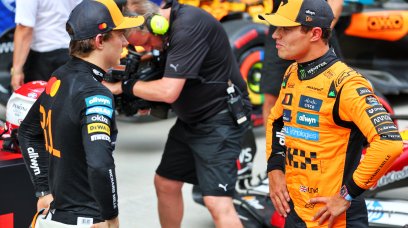
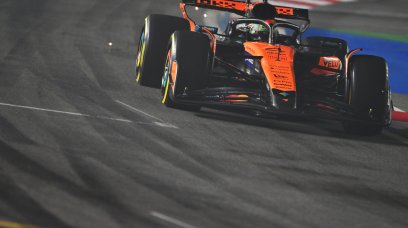


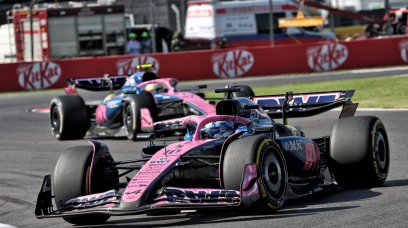
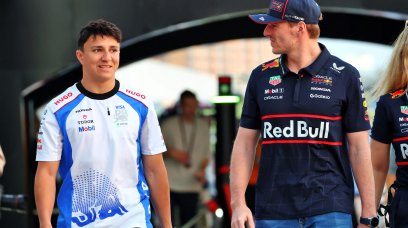
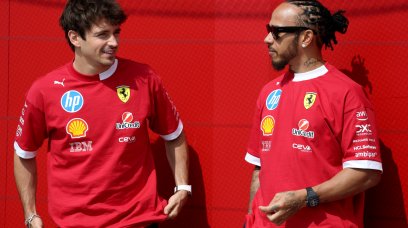
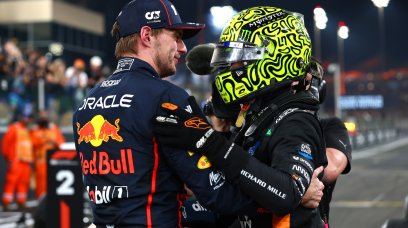
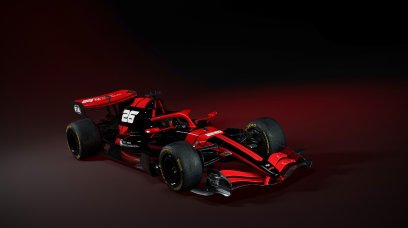

Join the conversation!